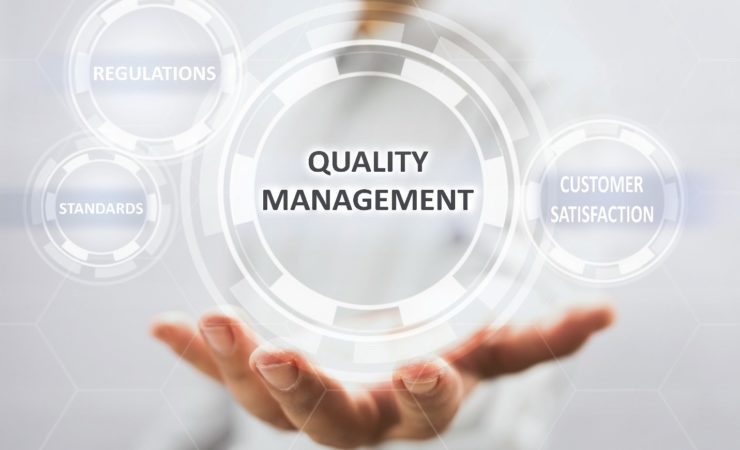The Concept of Total Quality Management
Total Quality Management (TQM) is based on a number of ideas. It means thinking about quality in terms of all functions of the enterprise, and it can be viewed as a management-led approach in which top management commitment is essential, a start-to-finish systems approach that integrates interrelated functions at all levels.
TQM considers every interaction between the various elements of the organization. The emphasis is on quality in all aspects and functions of the company operation, companywide, not just the manufacturing function or provision of a major service to the external end-customer.
Employee awareness and motivation are essential. All are responsible for ensuring quality in terms of satisfying the customer in all they do, and the approach is one of prevention of errors and faults rather than detection and correction. Thus, the overall effectiveness of the system is higher than the sum of the individual outputs from the subsystems.
The subsystems include all the organizational functions in the life cycle of a product, such as design, planning, production, distribution, and field service. Management subsystems also require integration, including strategy with a customer focus, the tools of quality, and employee involvement (an important linking process that integrates the whole).
A corollary is that any product, process, or service can be improved, and a successful organization is one that consciously seeks and exploits opportunities for improvement at all levels. The load-bearing structure is customer satisfaction. The watchword is Continuous Improvement.
Total Quality Management Practices – Key steps outlined
- Customer-defined quality.
- Senior management quality leadership.
- Employee involvement and empowerment.
- Employee training in quality awareness and quality skills.
- Open corporate culture.
- Fact-based quality decision-making.
- Partnership with suppliers.
Elements of TQM emphasis
- Customer focus
- Process/system orientation
- Continuous improvement
- Self-assessment and benchmarking
- Change to flat organizations “without barriers”
- “Empowered” people/teams and employee involvement
- Management (and others’) commitment (to TQM)
- Appreciation/understanding of variability



